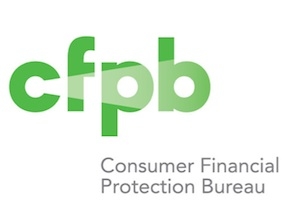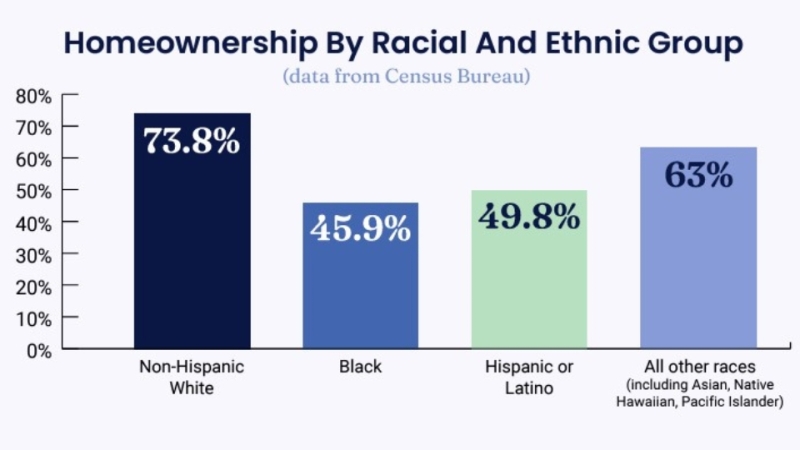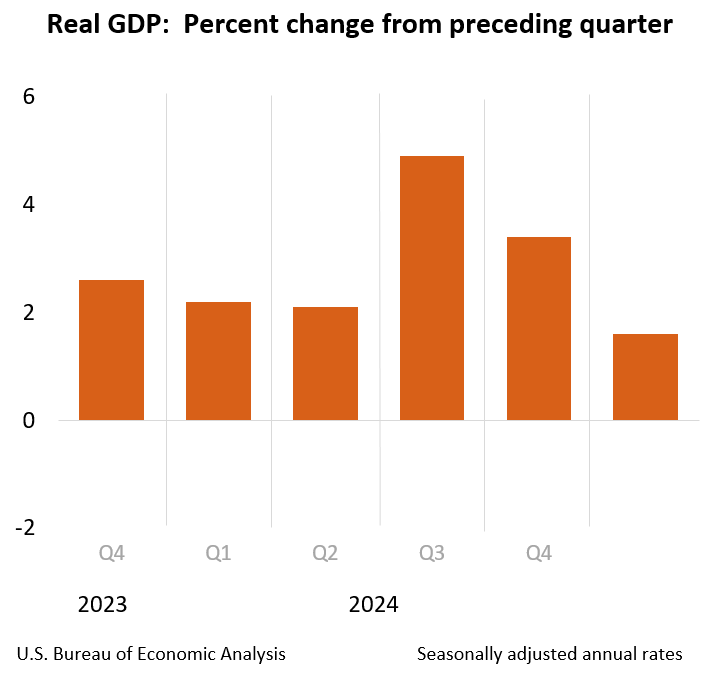Advertisement
CFPB Releases a Second Update to its New Mortgage Reg Exam Procedures

The Consumer Financial Protection Bureau (CFPB) has released a second update to its exam procedures in connection with the new mortgage regulations issued in January 2013. The interim exam procedures offer valuable guidance to financial institutions and mortgage companies on what the CFPB will be looking for as the rules become effective.
“We are committed to transparency around our examination process,” said CFPB Director Richard Cordray. “So we have worked hard to provide industry with advance notice of what we will be expecting. That, in turn, will improve compliance and benefit consumers.”
The CFPB issued several new regulations reforming the mortgage market in January 2013. Many of the new rules were directed by the 2010 Dodd-Frank Wall Street Reform and Consumer Protection Act. The rules cover the various stages of a consumer’s mortgage experience, from shopping for a loan to paying it off. Most of the CFPB’s new rules go into effect in January 2014.
These updates cover the Ability-to-Repay/Qualified Mortgages, high-cost mortgages, and appraisals for higher-priced mortgage loans, as well as new amendments related to the escrows rule. The updates also cover recent changes to credit card rules. With this release, the exam procedures now cover the Bureau’s mortgage origination rules issued through May 29, 2013, and mortgage servicing rules issued through July 10, 2013.
This release of exam procedures will help financial institutions and mortgage companies understand and prepare for how they will be examined for CFPB rules that, among other things:
►Require lenders to evaluate a borrower’s ability to pay back the loan: Under the Ability-to-Repay rule, lenders must look at a consumer’s financial information and verify its accuracy. Lenders then must evaluate the information and conclude that the borrower can repay the loan. Lenders may not base their evaluation of a consumer’s ability-to-repay on teaser rates. They must determine the consumer’s ability to repay both the principal and the interest over the long term−not just during an introductory period when the rate may be lower.
►Ban or limit certain points, fees, and risky features: Both the rule on Ability-to-Repay and the rule on high-cost mortgages ban or limit certain points, fees, and risky features. Under the Ability-to-Repay rule, a Qualified Mortgage is subject to limitations on points and fees and cannot have loan features such as terms that exceed 30 years or interest-only payments. Under the high-cost mortgages rule, balloon payments and fees for modifying loans are generally banned.
►Require servicers to provide monthly statements and disclosures: Mortgage servicers must provide regular statements which include: the amount and due date of the next payment; a breakdown of payments by principal, interest, fees, and escrow; and recent transaction activity. For most adjustable-rate mortgages, they must also provide disclosures before the first interest rate adjustment, and before interest rate adjustments alter the payment amount.
Restrict dual-tracking: Under the Bureau’s rule on mortgage servicing, dual-tracking – when the servicer moves forward with foreclosure while simultaneously working with the borrower to avoid foreclosure – is restricted. Servicers cannot start a foreclosure proceeding if a borrower has already submitted a complete application for a loan modification or other alternative to foreclosure and that application is still pending review.
►Require access to servicing personnel and a fair review process: Mortgage servicers must have policies and procedures in place to provide delinquent borrowers with direct, easy, ongoing access to employees responsible for helping them. If a foreclosure seems likely, the servicer must consider all alternatives available from the mortgage owners or investors to help the borrower retain the home.
►Require creditors use a licensed or certified appraiser: The interagency rule from January 2013 on appraisal requirements for higher-priced mortgage loans requires that creditors use a licensed or certified appraiser to prepare a written appraisal report based on a physical inspection of the interior of the property. The rule also requires creditors to disclose to applicants information about the purpose of the appraisal and provide consumers with a free copy of any appraisal report.
The CFPB is sharing with industry what it will be looking for in its examinations under the new rules by updating the applicable sections of the exam procedure manuals for the Truth in Lending Act (TILA) and the Real Estate Settlement Procedures Act (RESPA). These documents are intended for use by CFPB examiners in examining the mortgage companies and other financial institutions subject to the new regulations.
About the author





